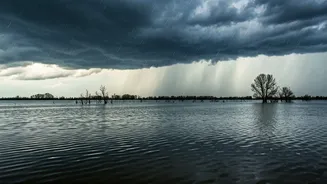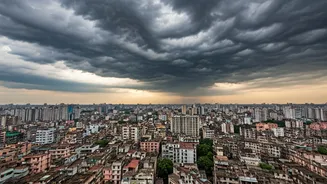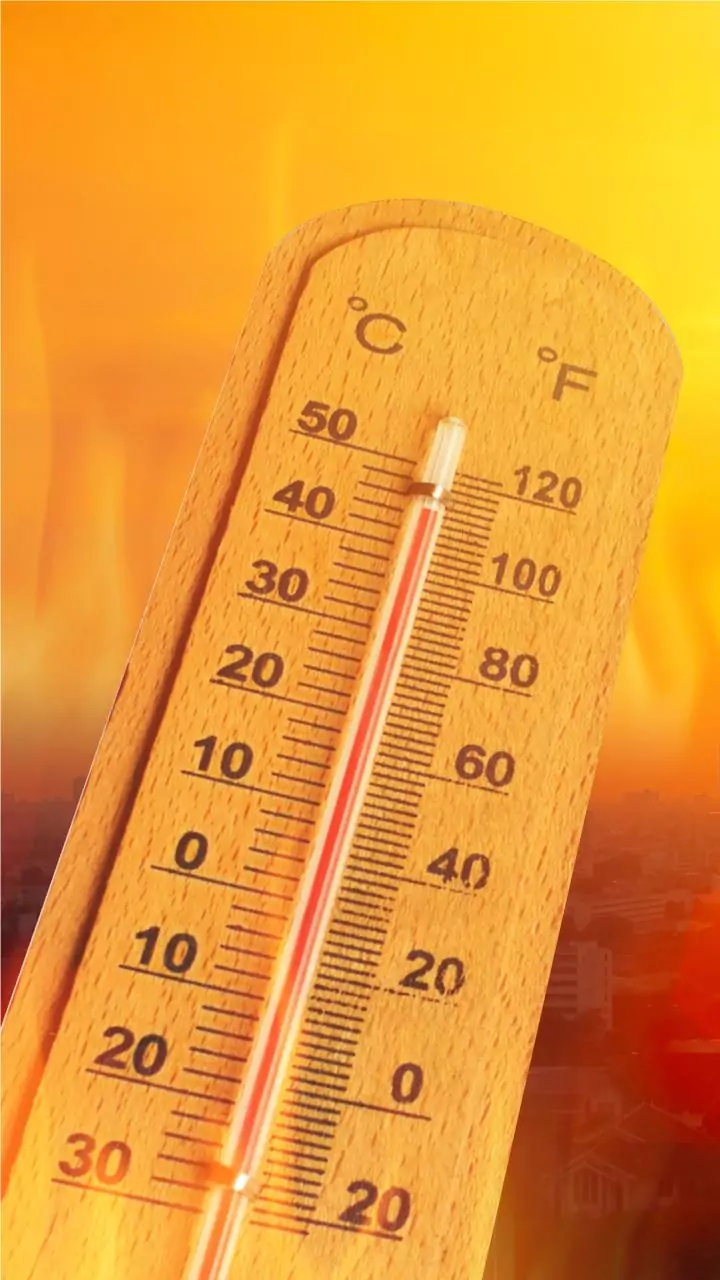Temperature Variations Observed
The post-monsoon period in the state has brought noticeable temperature variations, an outcome of the persistent rainfall. This unexpected shift has caused
the mercury to fluctuate more than usual, making it essential for residents to stay updated on the weather patterns. It is evident that the climate is transforming, and the rainfall's influence on temperatures is substantial. This change has triggered a need for constant adaptation in daily routines, including clothing choices and indoor climate management. As the rains continue, the unpredictability of temperatures remains a key aspect, prompting both weather experts and the general public to closely observe and react to changing conditions.
Impact on Daily Life
The shift in temperatures due to the continuous post-monsoon rain has a profound impact on daily life throughout the state. Residents have to adjust their schedules and plans based on the temperature variations. Transportation becomes another challenge as sudden rains and temperature changes disrupt normal routines. The use of umbrellas, raincoats, and warmer attire is now commonplace as people adapt to the unpredictable weather. Moreover, the shift affects various economic activities, from tourism to agriculture, necessitating planning and preventive actions to minimize adverse impacts. Understanding the implications of these changes is key for successfully navigating the post-monsoon period.
Agricultural Consequences Unveiled
Agriculture, a cornerstone of the state's economy, faces distinct consequences from the temperature shifts induced by post-monsoon rains. The erratic weather patterns can impact crop cycles, leading to both delayed harvests and damaged yields. Farmers face uncertainties, and many are now seeking innovative solutions to navigate these challenges. The amount of rainfall can cause the ground to become waterlogged, which hurts the roots of crops and makes diseases more likely to spread. Adaptation and planning are crucial. Farmers depend on timely weather forecasts and adopt agricultural practices that consider the changing climate. This helps secure the state's food supply and protects the livelihoods of countless agricultural workers.
Health and Safety Implications
The temperature shift, driven by persistent post-monsoon rainfall, poses potential health and safety challenges. Changes in weather can sometimes make the environment ideal for vector-borne diseases, such as malaria and dengue fever, to thrive. The public is advised to be vigilant against such health risks. The temperature variations may also lead to the spread of common colds and seasonal flu. Authorities emphasize the significance of prompt medical attention and preventive measures like vaccinations. Therefore, adhering to safety protocols, maintaining personal hygiene, and staying informed about health advisories are vital during this phase. Public health initiatives, which include awareness campaigns and efficient healthcare services, are essential to combat any possible health crises during the post-monsoon season.
Monitoring and Forecasting Efforts
Meteorological departments and weather forecasters are actively involved in monitoring and forecasting the patterns of temperature variations in the state due to post-monsoon rainfall. They use advanced technology and weather models to predict climatic shifts. Their forecasts provide critical data, allowing people to prepare for changes in weather. These forecasts are regularly updated and distributed to keep the public and relevant agencies updated. Accurate predictions are very important for managing resources efficiently, mitigating risks, and ensuring that emergency services are ready. Continuous research and development in the field of weather forecasting help enhance the understanding of these weather events and make projections more precise.
Community Preparedness Measures
Community preparedness plays a crucial role in dealing with the temperature variations brought about by continued post-monsoon rain. The local community has to cooperate with authorities to prepare for possible difficulties. Educational programs raise public awareness about weather-related risks and protective actions. Communities often establish early warning systems to alert people about severe weather. Developing evacuation plans and making sure shelters are ready are also important to safeguard individuals. By working together, local organizations and citizens can enhance resilience, minimize the damage, and promote the safety and well-being of all in the face of the changing climate conditions.










